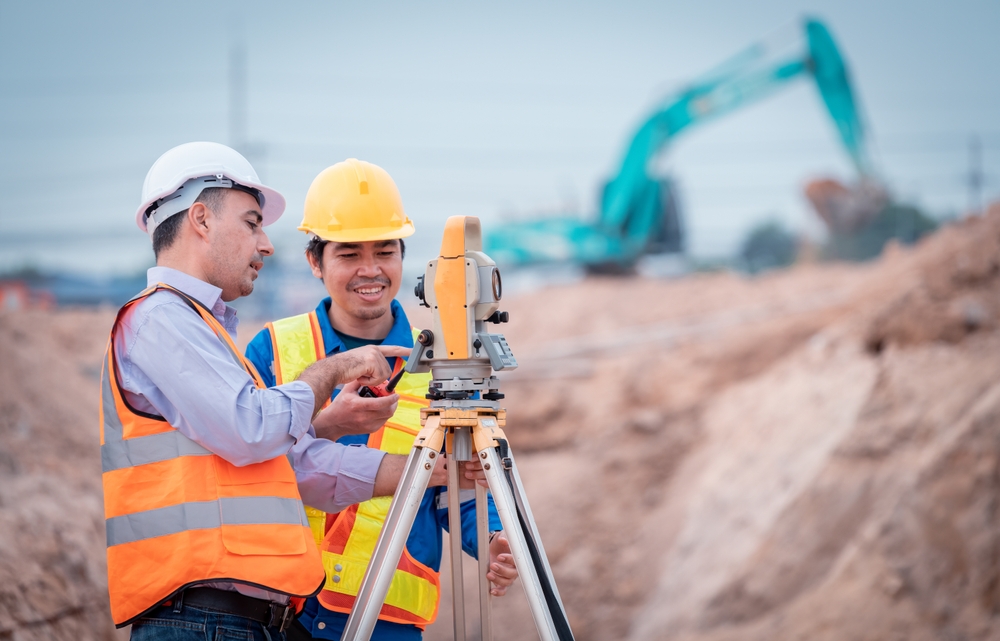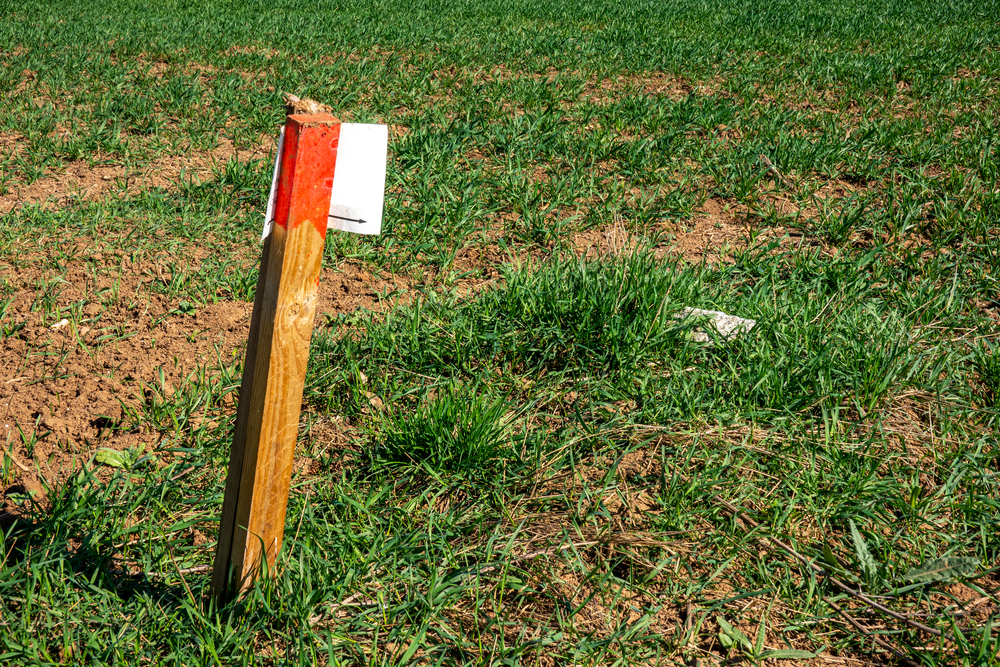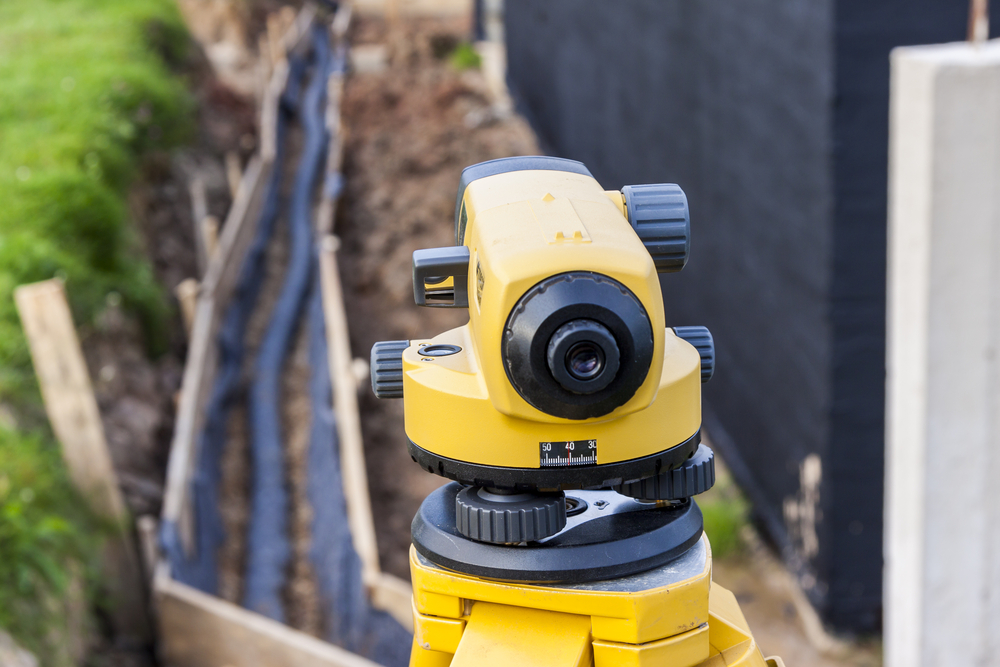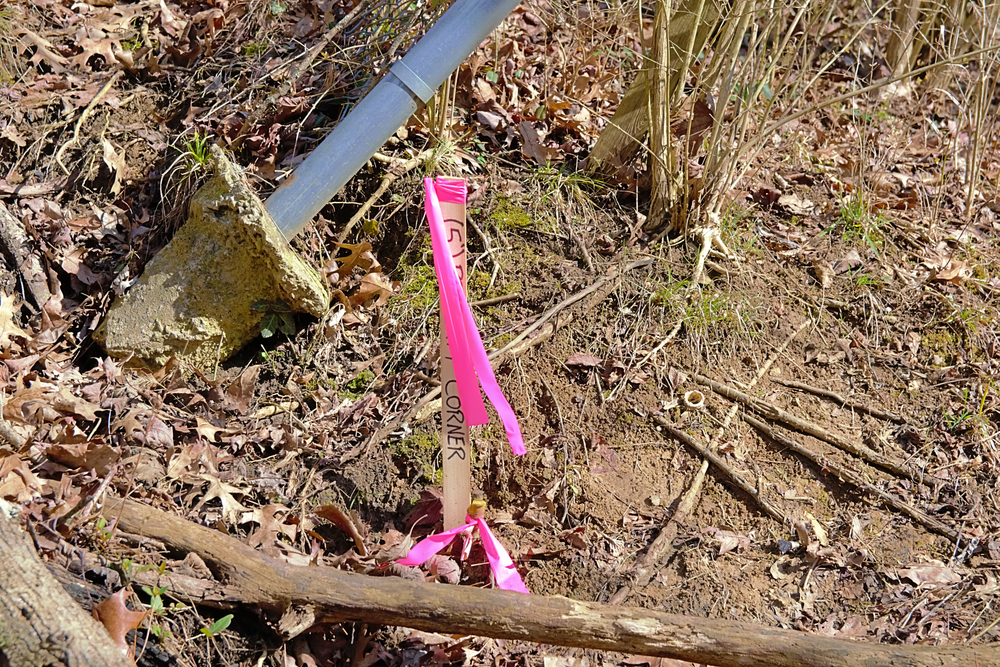When it comes to construction, land development, and various engineering projects, accurate and detailed topographic surveys are crucial for success. These surveys provide essential information about the natural features of a property, including its elevation, slope, vegetation, and other physical attributes that can affect the design and planning of a project. Hiring a topographic surveying
READ MOREBlog
Blog
Common Misconceptions About Boundary Surveys And How To Avoid Them
Boundary surveys play a crucial role in land ownership, property development, and real estate transactions. Whether you’re planning to build a new structure, subdivide your land, or resolve a property dispute, understanding the fundamentals of boundary surveys is essential. However, there are many misconceptions surrounding this practice, particularly in Texas, where property laws and land
READ MORETop Land Surveying Services Offered by Our Company in Knippa TX
Land surveying is a critical service for various real estate transactions, construction projects, and land development activities. As a leading land surveying company in Knippa, TX, we take great pride in delivering high-quality, accurate, and timely surveying services to individuals, businesses, and municipalities. Our experienced team of surveyors is dedicated to providing the most precise
READ MOREThe Importance of Pipeline Surveying in Knippa Tx: Exploring the Role of Pipeline Surveyors in Ensuring Safety and Compliance in The Oil and Gas Industry
The oil and gas industry plays a vital role in powering economies around the world, with pipelines serving as the backbone of energy transportation. In Knippa, TX, where the oil and gas industry is a crucial part of the local economy, ensuring the safe and efficient operation of pipelines is paramount. Pipeline surveying has become
READ MOREAre There Differences Between Reduce Levels And Benchmark Surveys?
In the world of land surveying, terminology and precision matter a great deal. Surveying techniques are essential in fields such as construction and engineering, where accurate data can make the difference between success and failure. Among the many terms that come up in discussions of surveying, two concepts that often get confused are Reduced Levels
READ MORE



